N O S T A L G I A
Warm, familiar feelings make themselves at home here
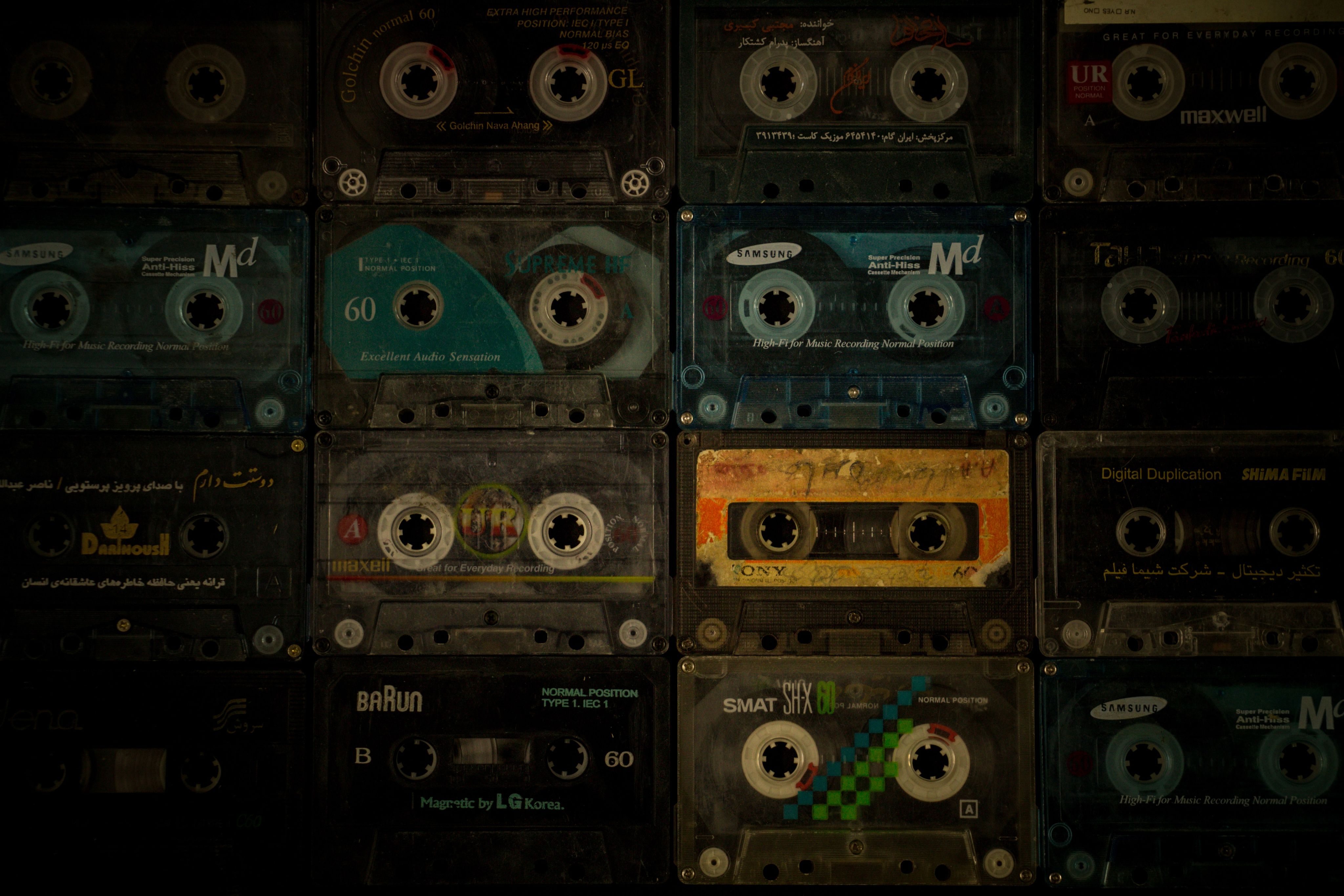
YOU KNOW IT WHEN YOU FEEL IT.
Listen to our playlist to set the tone
for what you’re about to see.
Transport your senses to a different time and place…

Where comfort and familiarity feel like a gentle embrace from the past…

With warm lighting, timeless patterns and subtle grit pulled together for a unique experience.
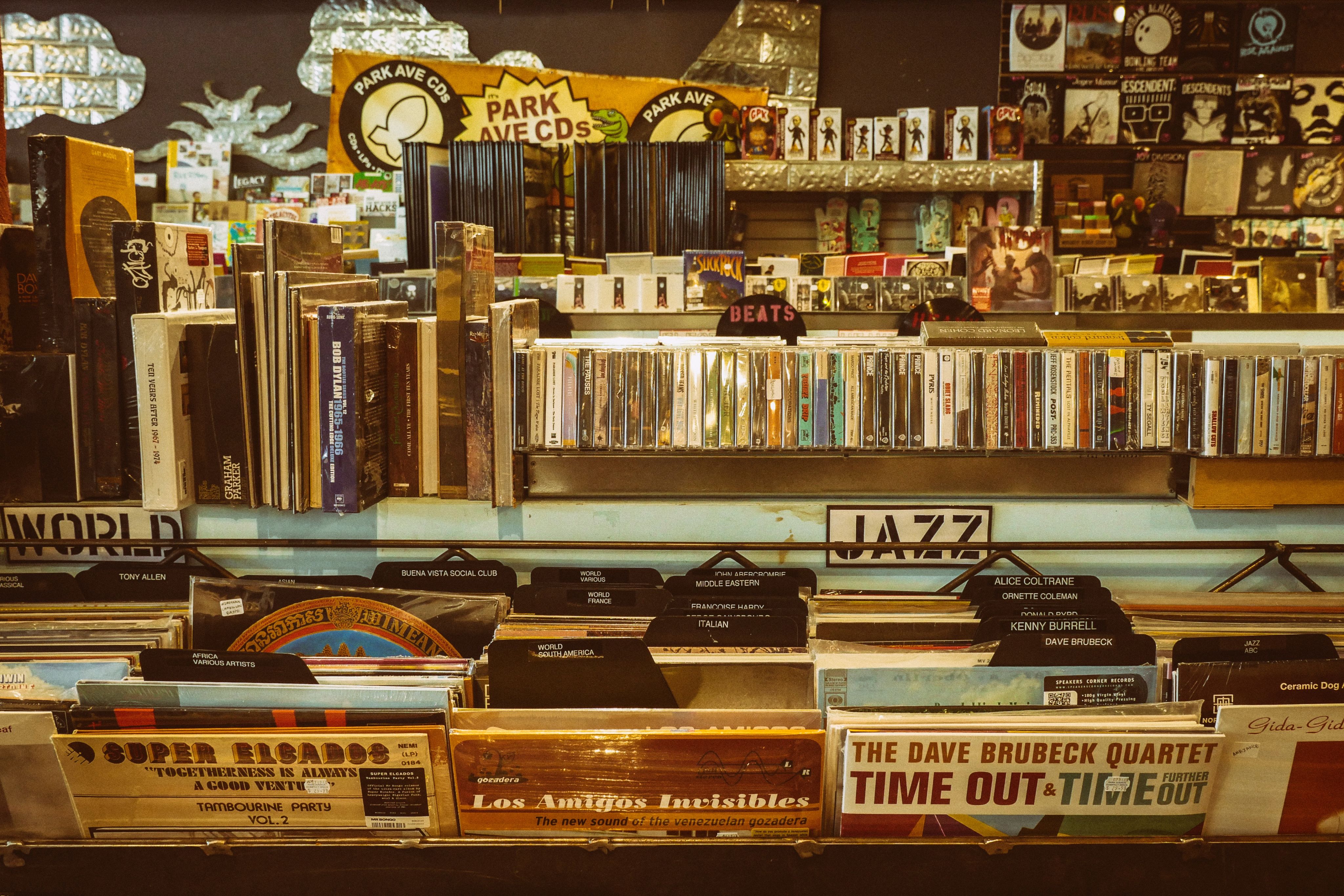
Emotional connections to the past through design.
Nostalgia is a feeling defined by comfort and ease, blurring the boundaries of time and space. It’s the moment when yesterday stretches out to give a reassuring squeeze to today’s shoulder. Nostalgia nurtures memories—either deeply personal ones, or collective memories. Spaces that capture the essence of nostalgia transport guests to a different era without wholly removing them from the present.
Richardson Design believes nostalgia in design is a result of a concept, not the concept itself. The overall brand experience is accentuated by incorporating subtle yet specific elements. Warm lighting, hand-crafted signage and cleverly disguised modern amenities all come into play. When done well, nostalgia in design summons a sense of contentment and peace.
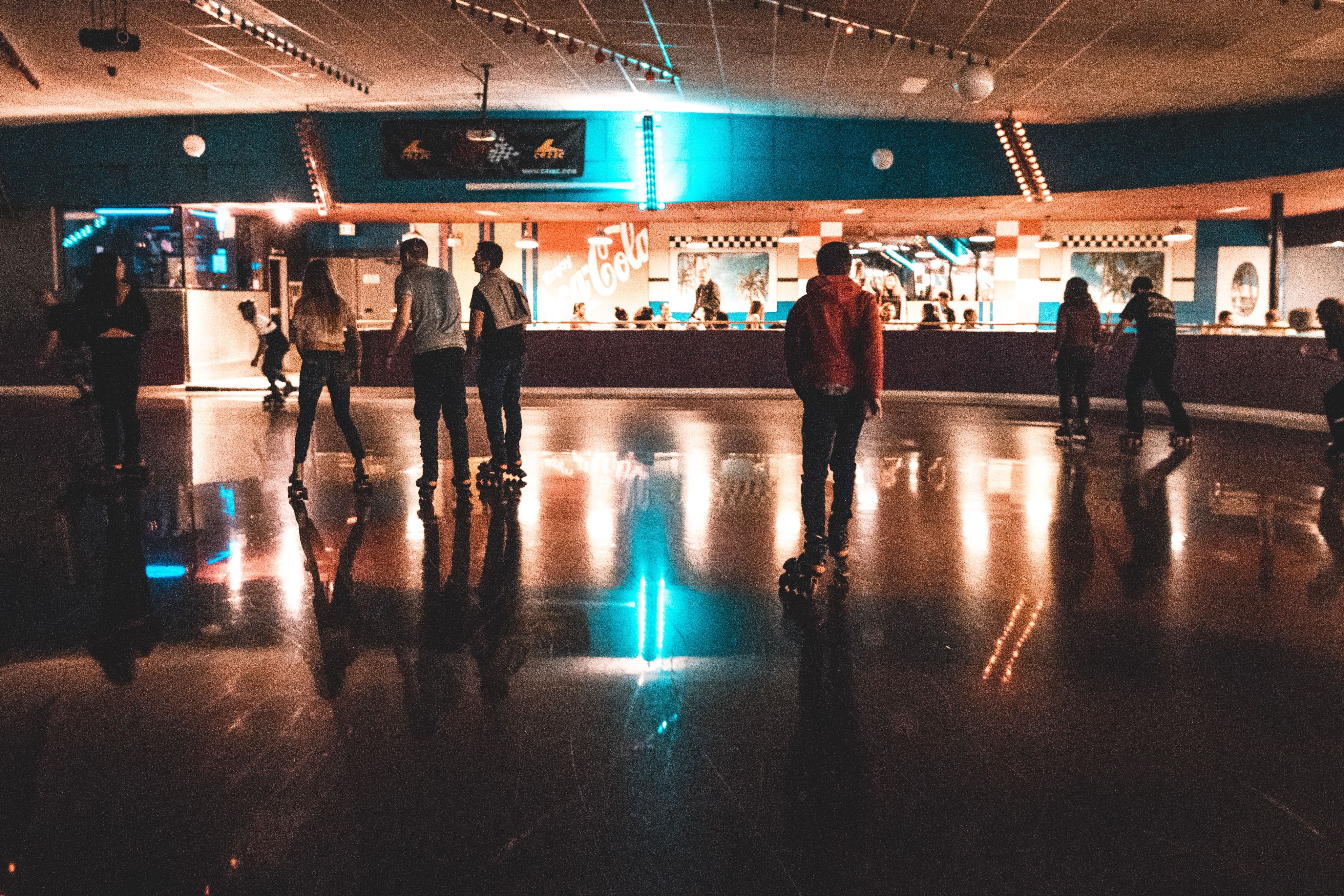
Item 1 of 6
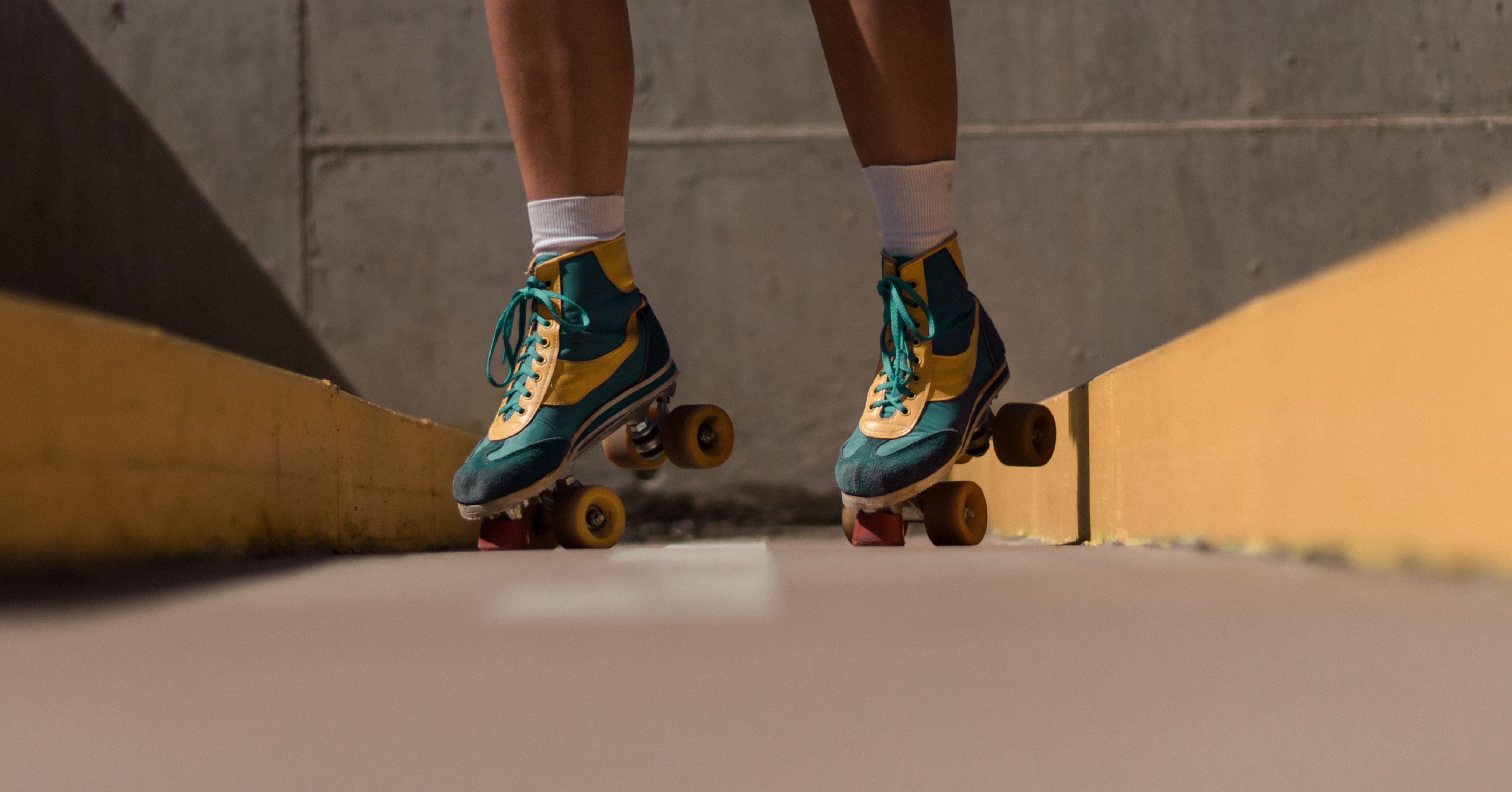
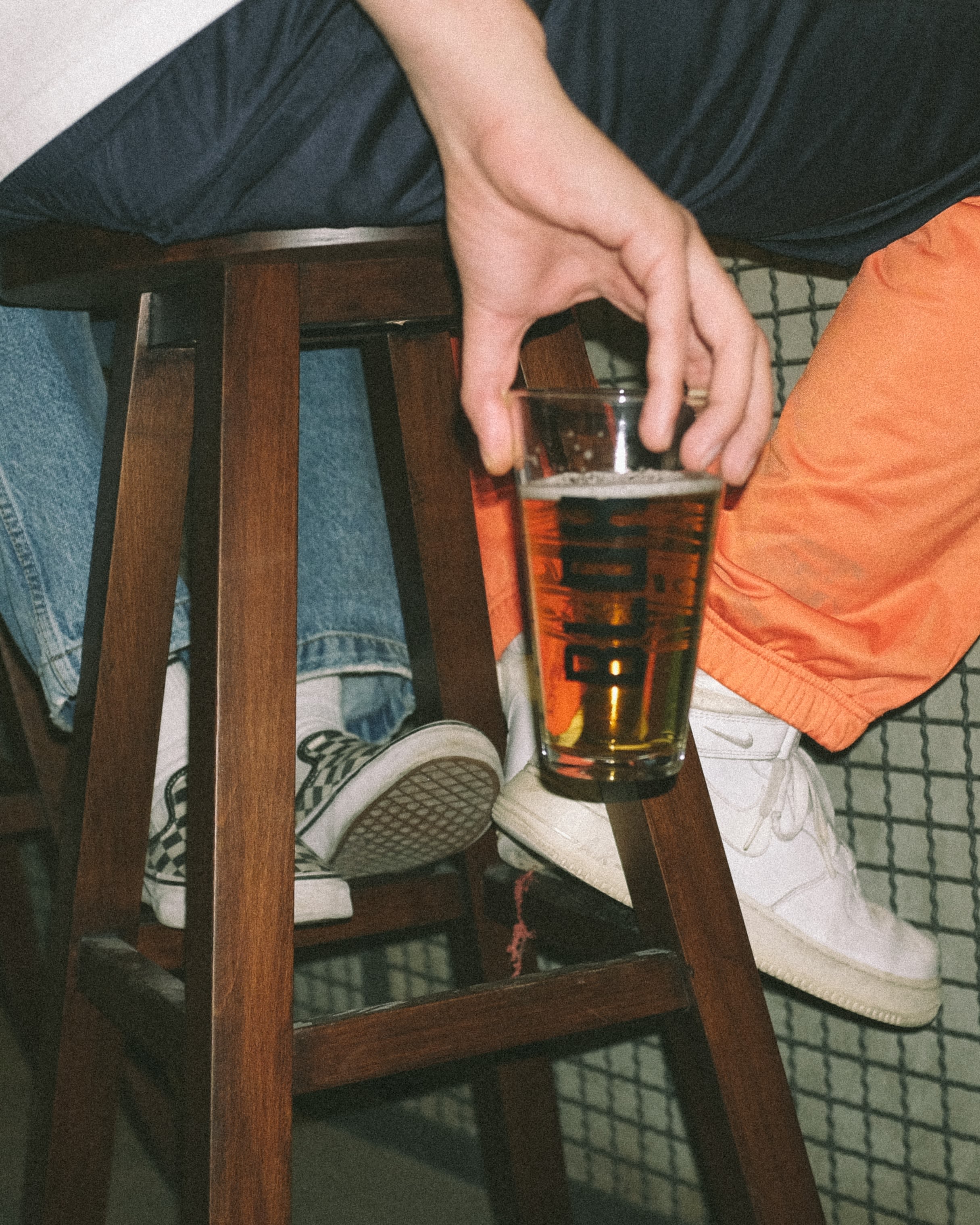
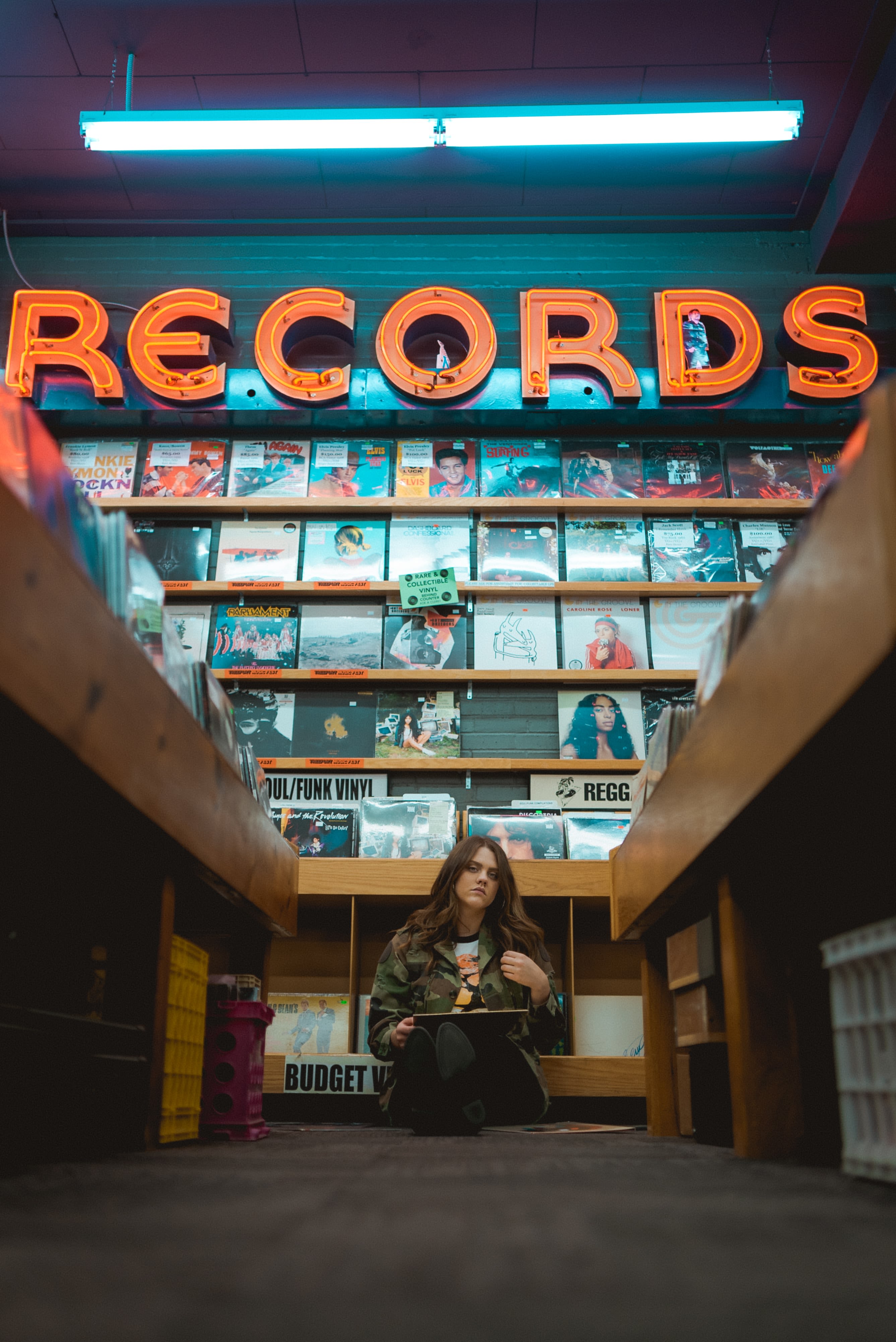
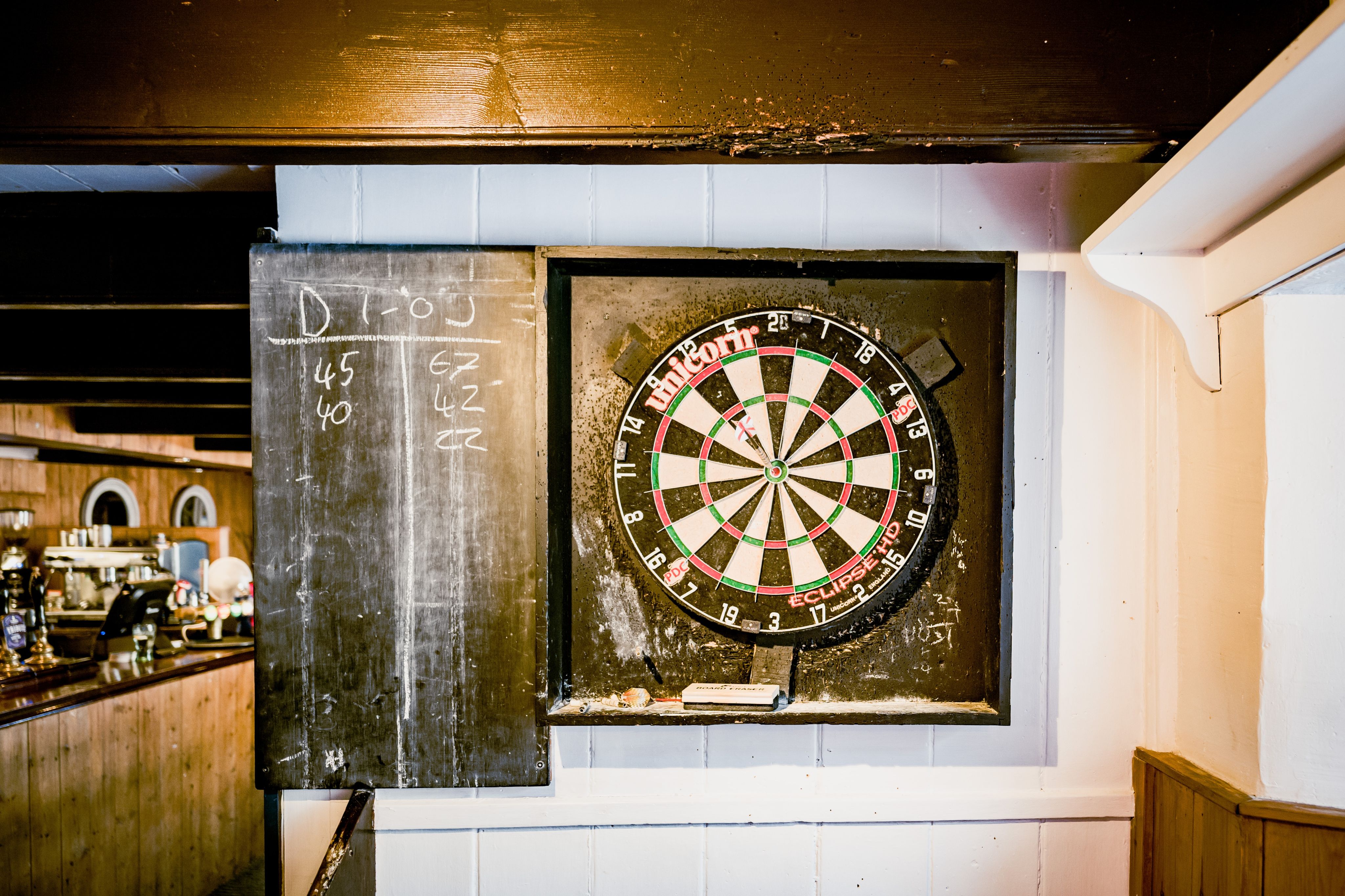
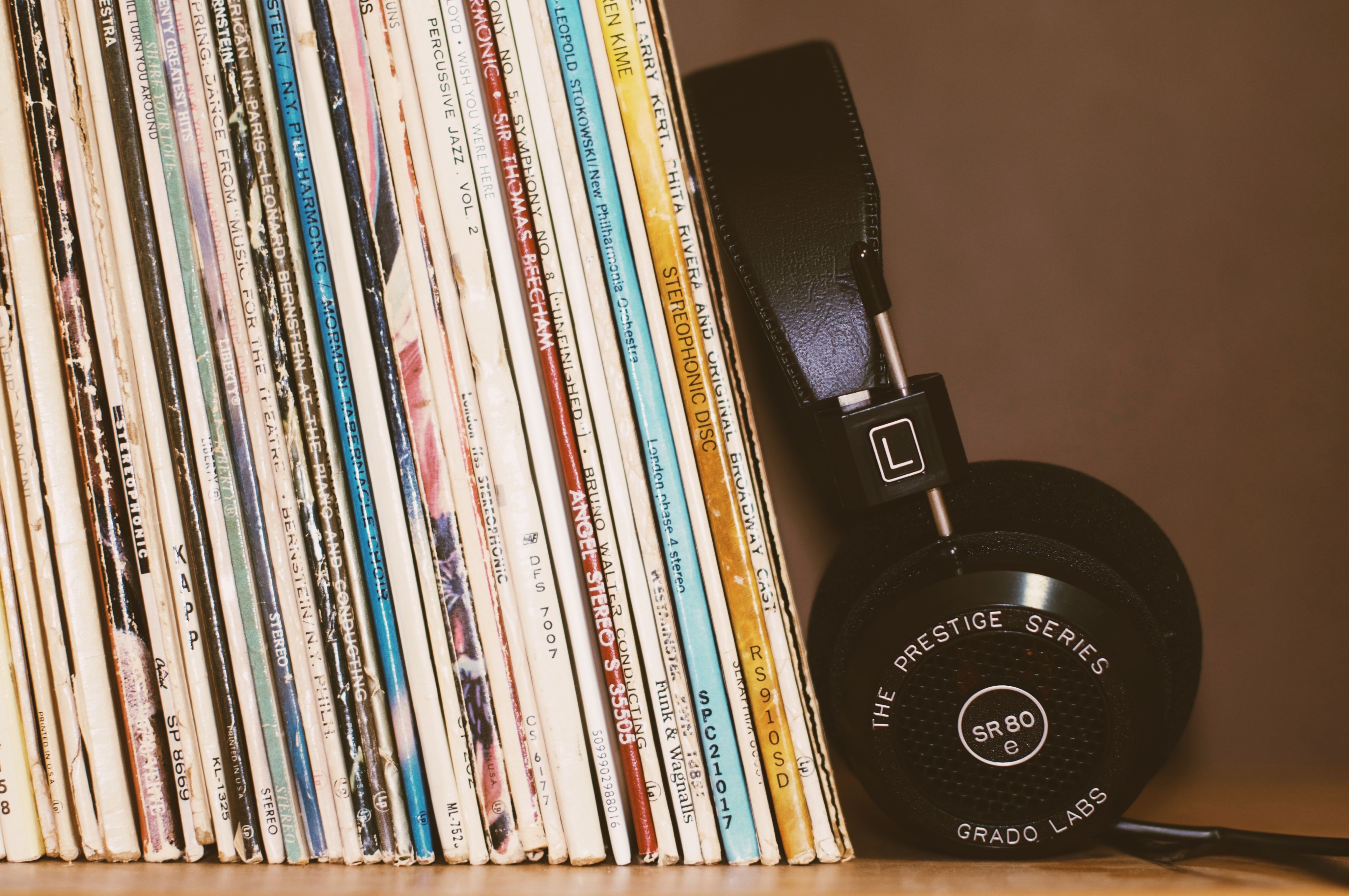
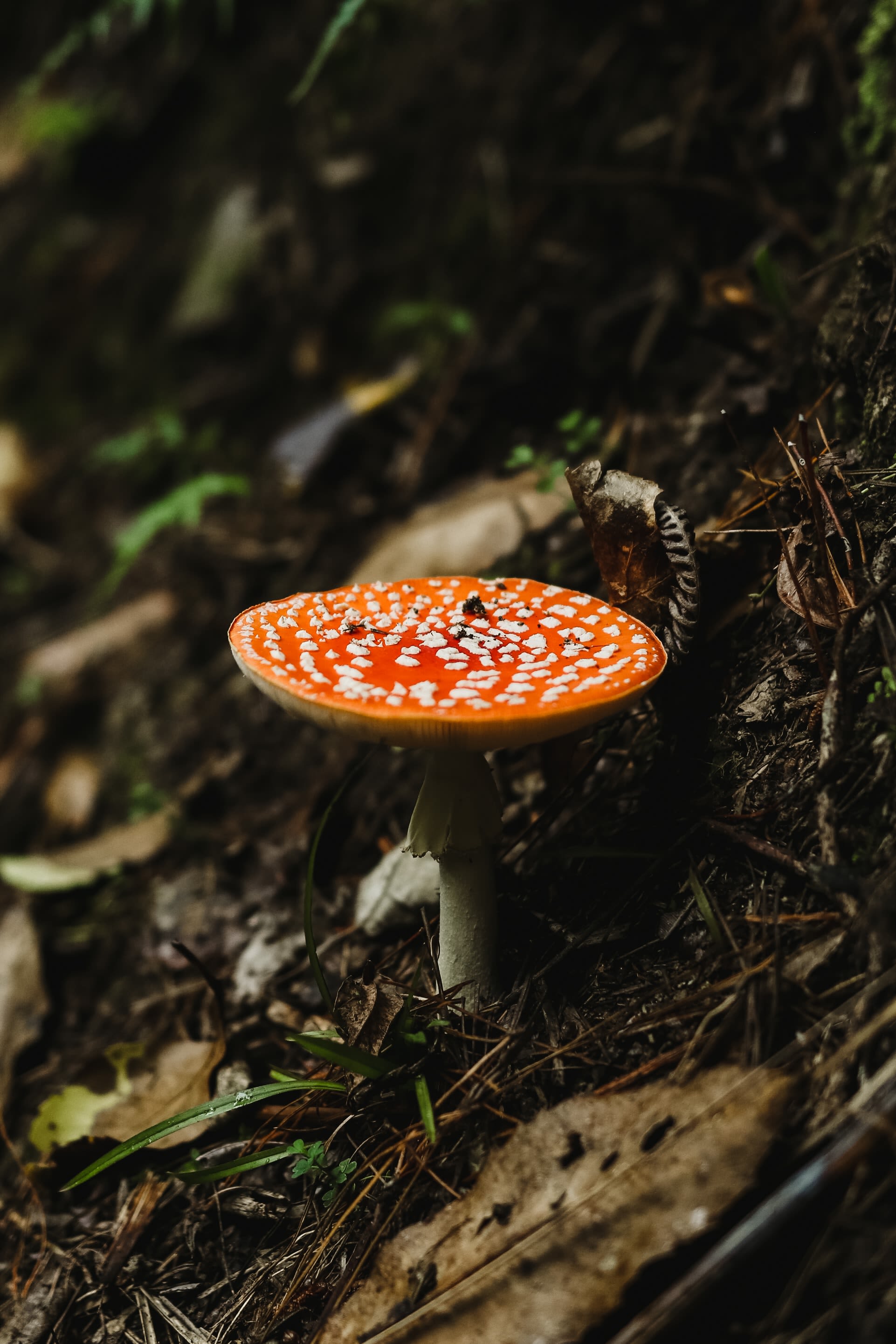
MABEL's BBQ
Celebrate suburban picnic culture from simpler times
Locally inspired food and mood transport guests to a place of their own predilection, with design nods along the way to union halls, the West Side Market and suburban backyard parties. Mabel’s barbecue-centric atmosphere reflects Chef Michael Symon’s vision and imparts nuances from working class areas of Cleveland.
Thanks to lofty folding chairs and communal dining tables, the seating style says slide in and join the group. The bar design hints at an over-scaled vintage green Coleman cooler; smoky accents of outdoor barbecuing are distributed throughout the space. Industrial references – wood, metal, glass and other hard surfaces – tap into Cleveland’s roots. Industrially influenced lighting and neon signage carry through the design that captures the spirit of a simpler time and creates an experience.
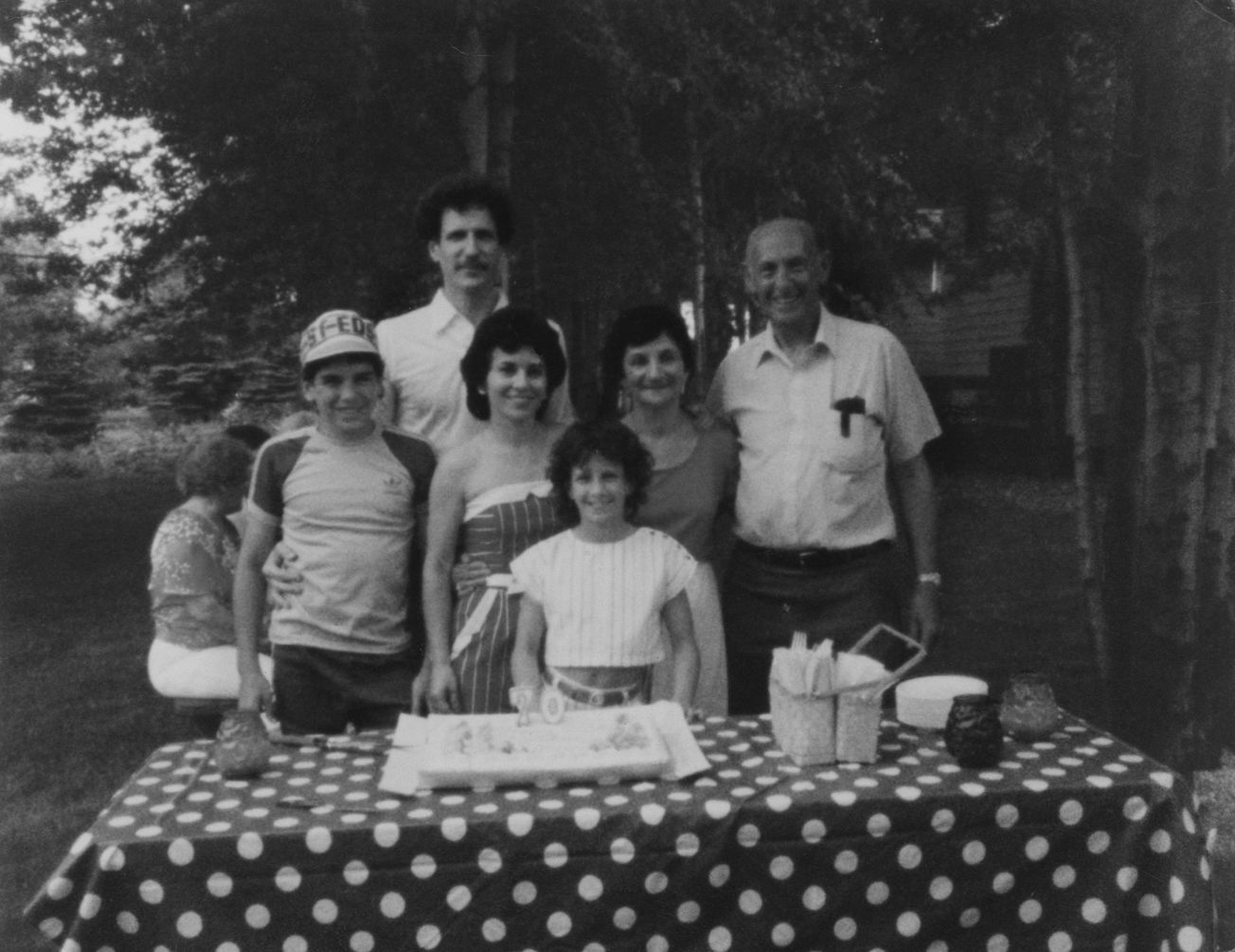
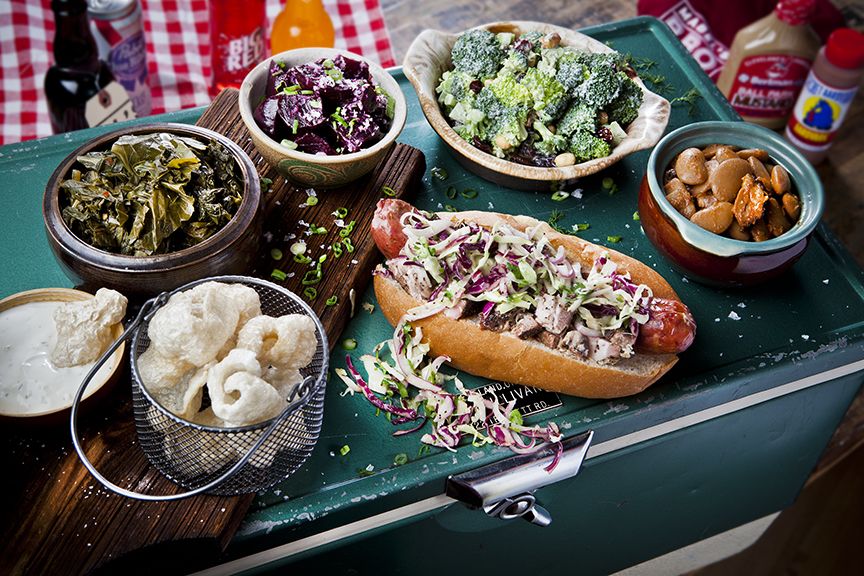
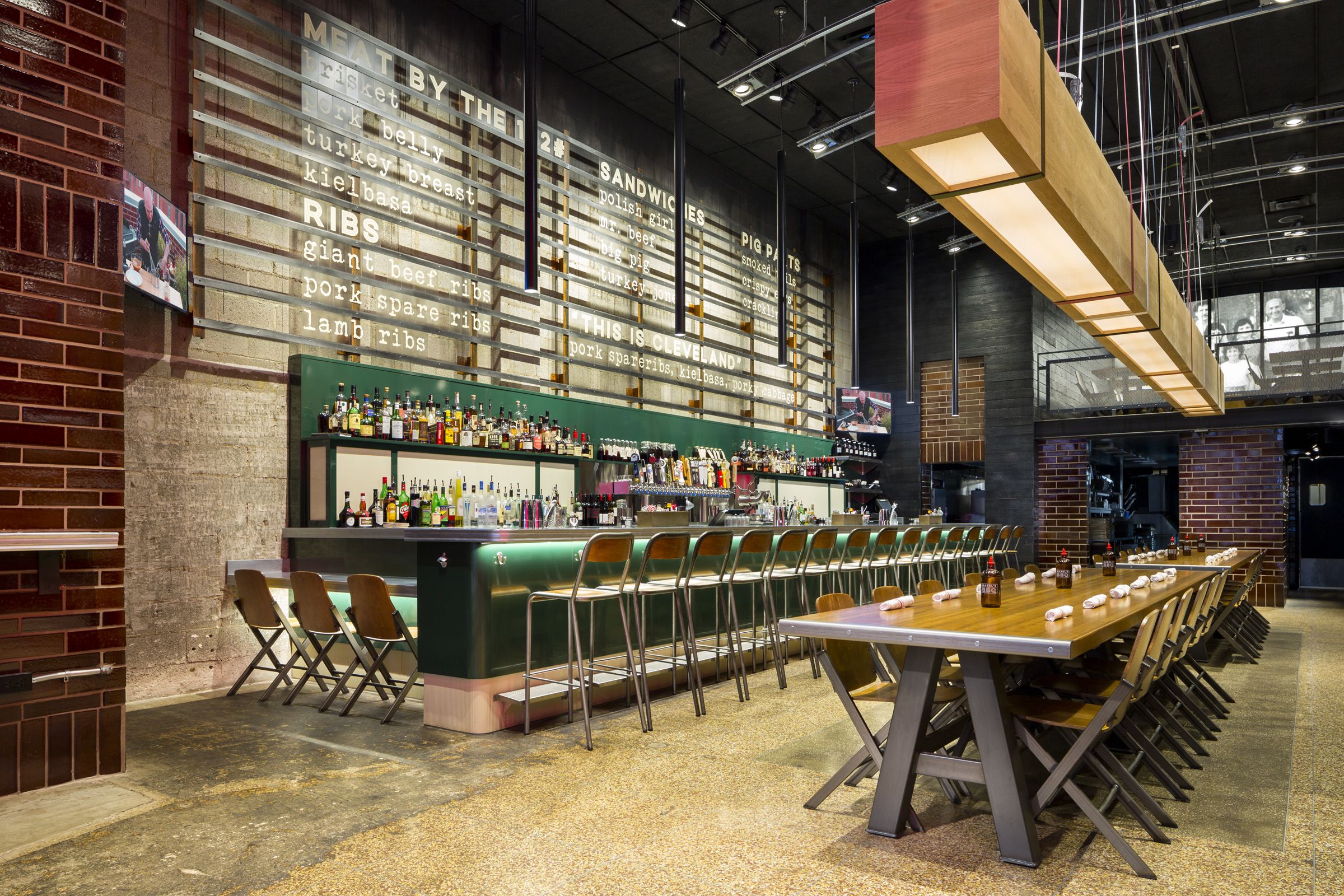
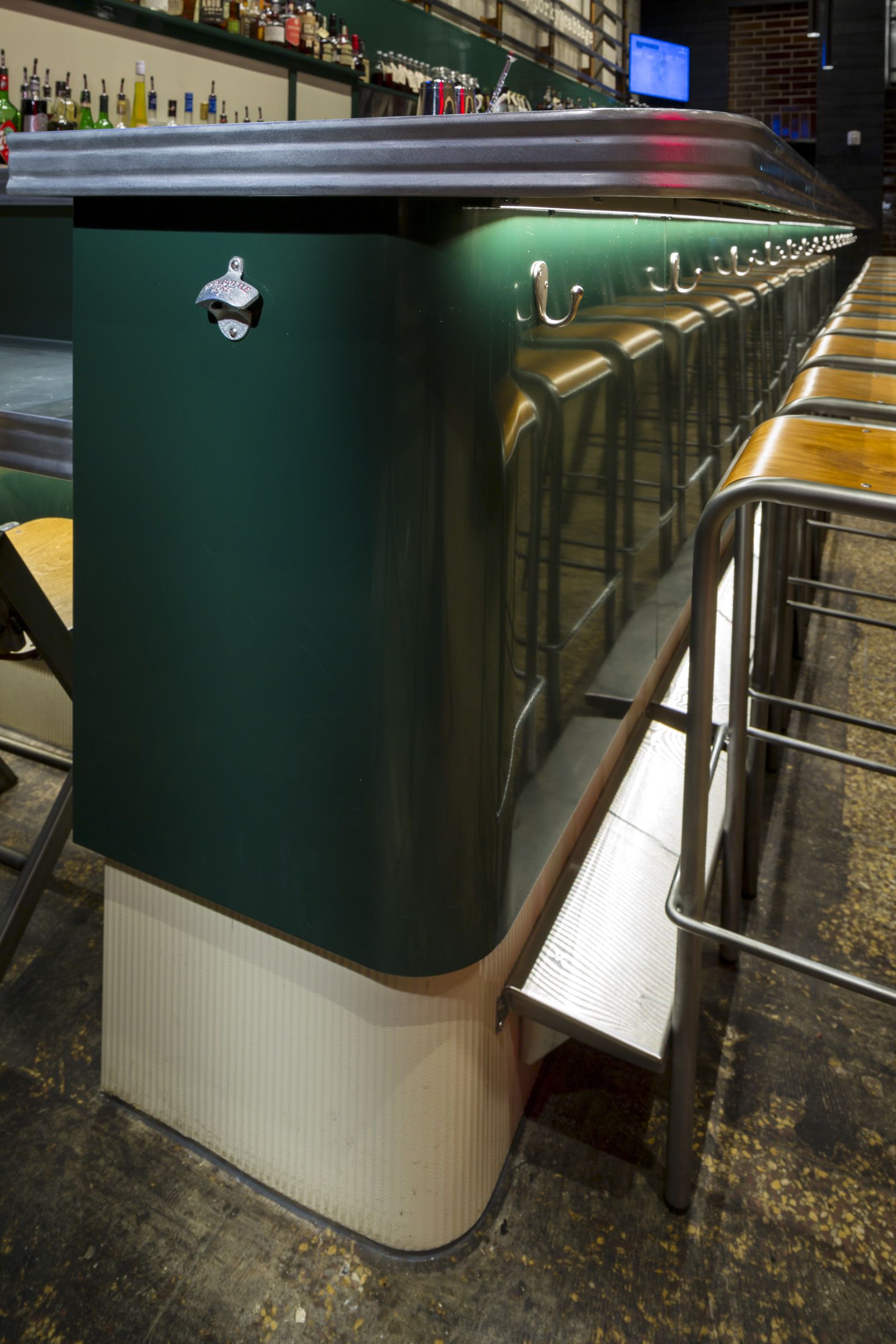
The Skunk & Goat Tavern
Americana tavern atmosphere rules, but don’t think of it as stepping back in time
Think of it as stepping forward into tavern timelessness. Nostalgia creates its own kind of gathering place. You know the feeling, if you’ve been away from home for a while and return years later to your favorite hangout. Skunk & Goat Tavern is a place where locals and travelers alike feel at home inside an early 1900s building.
Even first-timers may feel as if they’ve been here before. That’s because design elements complement the character of the space so well. Faux tin ceilings, simple wooden tables and tavern chairs hit the Americana high points; eclectic wall art and décor join forces to further stimulate the visual senses. The result? A simple, subtle setting where guests feel hungry, thirsty and welcome.
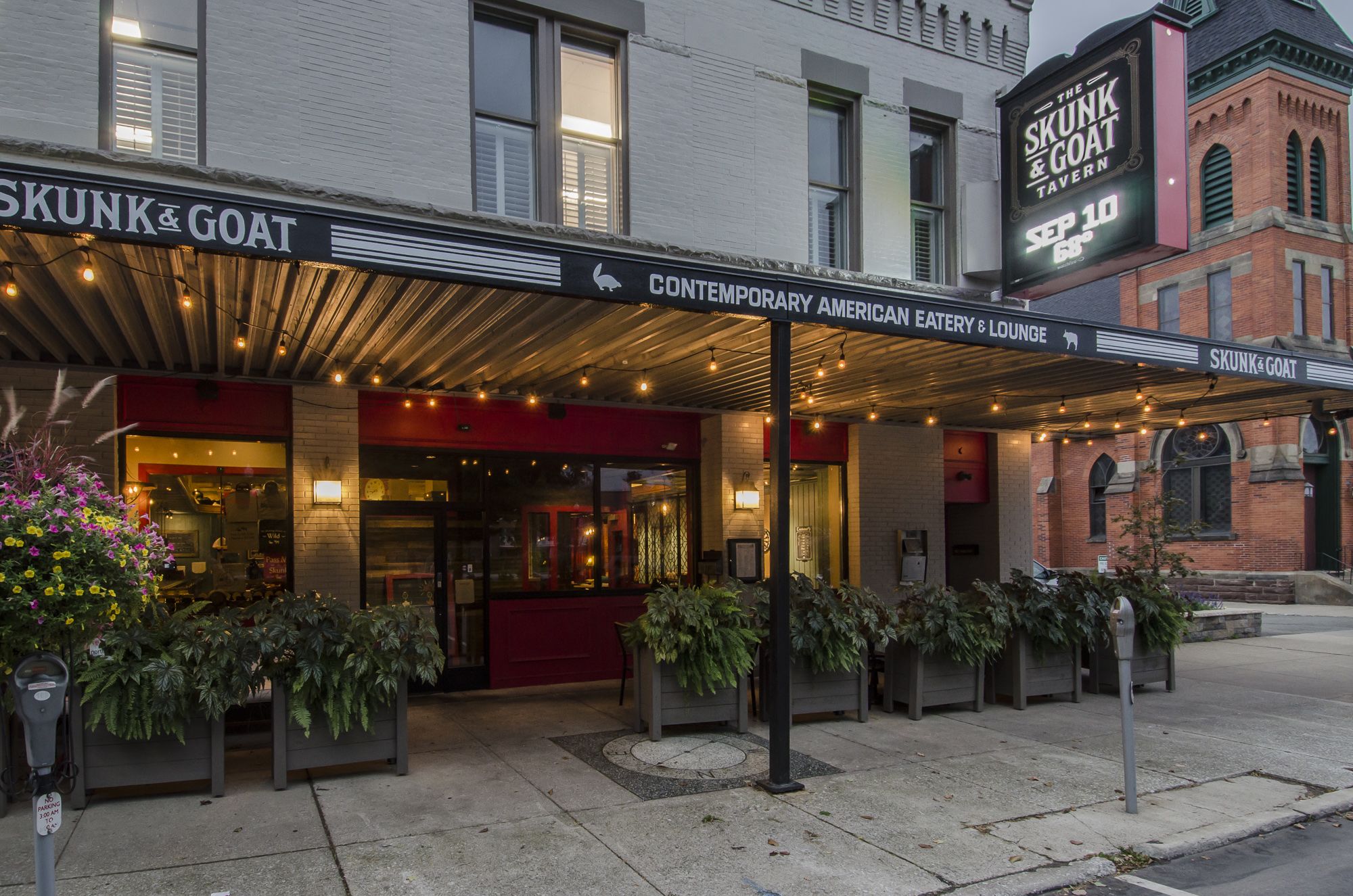
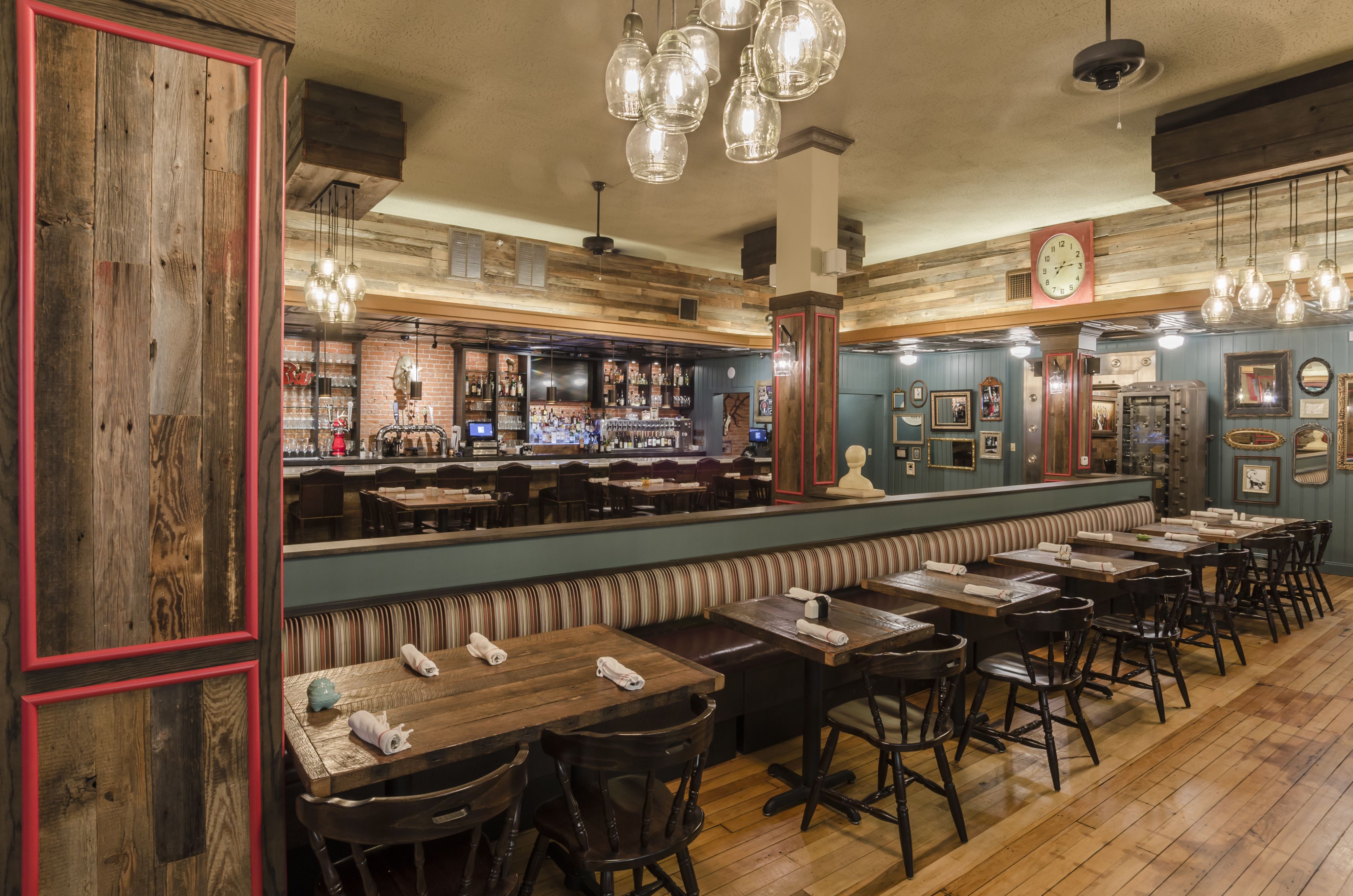
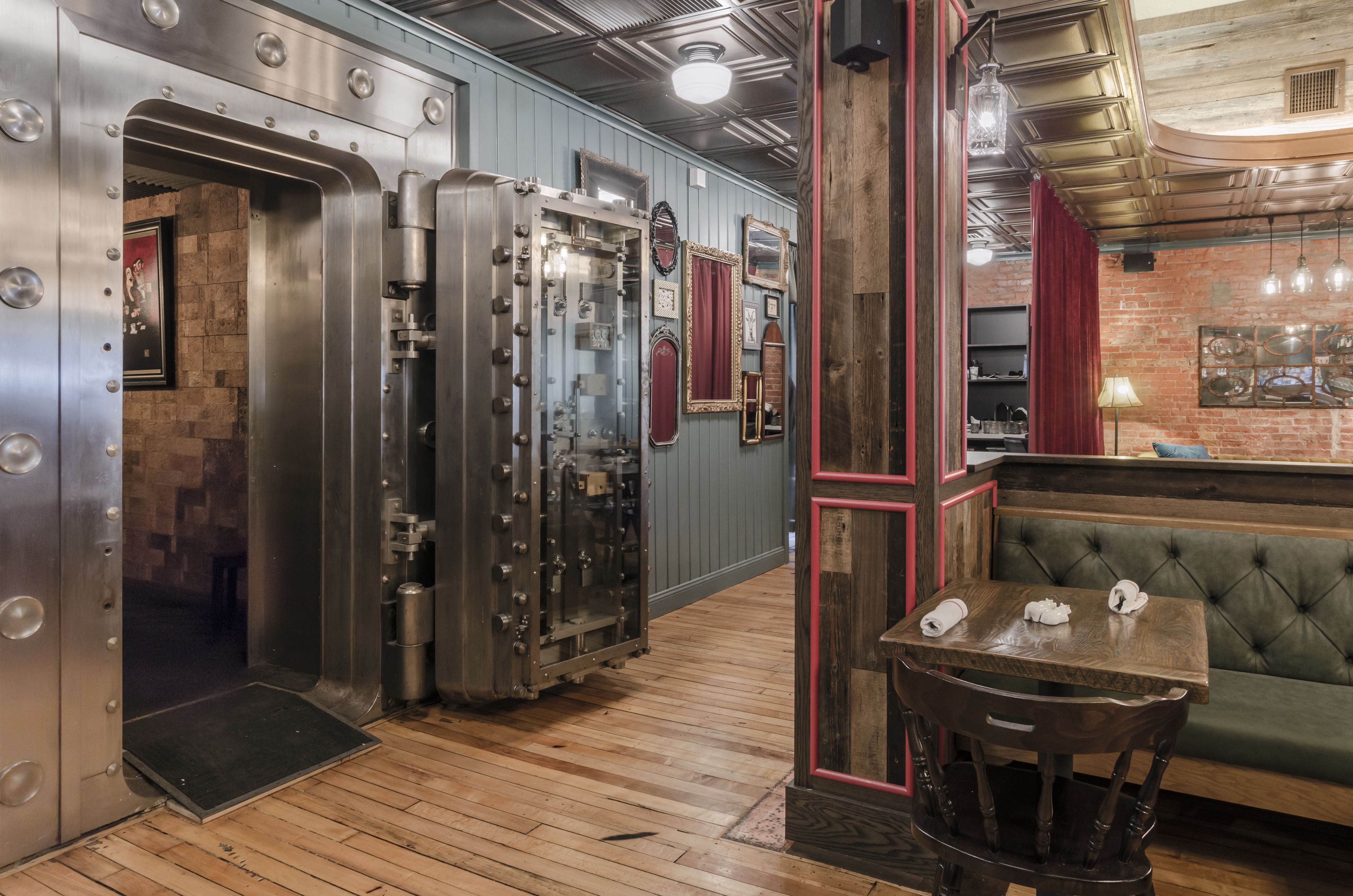
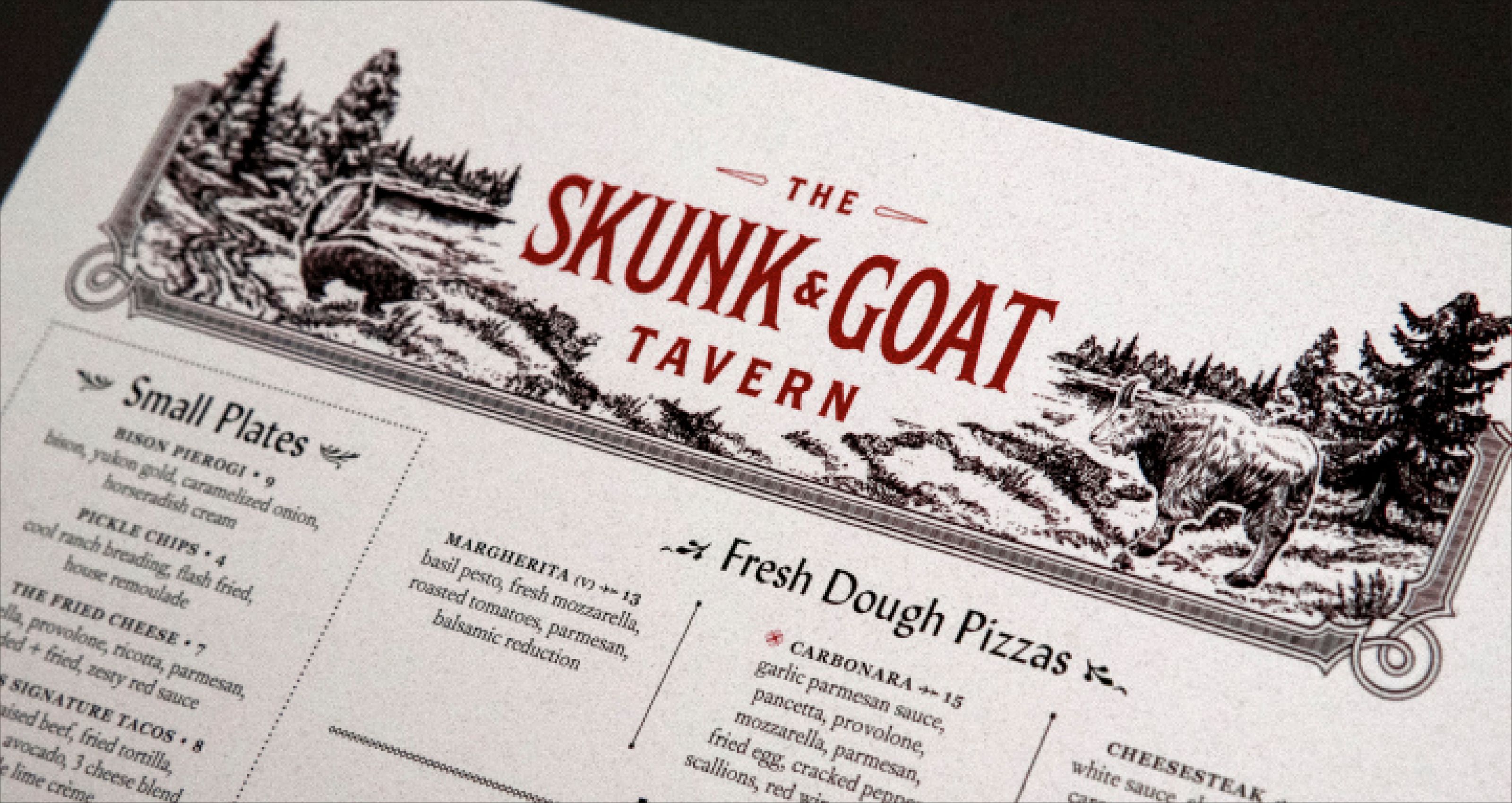
Boom’s Pizza
Laid back neighborhood vibes are made effortlessly cool
A slice of the past is served up hot, with toppings of personality and a strong sense of place. The restaurant reflects the chef’s own Cleveland experiences, so the look, sounds and aromas would be completely different if located in Austin or Los Angeles. Chef Ben Bebenroth wanted to create a contemporary neighborhood place, with a flavor of nostalgia.
Inspired by his grandfather’s enduring work ethic and family home, Boom’s Pizza brings the past forward with unvarnished depression-era influences, flowing into elements from the rockin’ Fifties. Steel, chrome, and brick accents are enhanced by vintage-inspired lighting. A simple color palette draws on 1950s neon yellow, neutrals and black. The mood carries today’s guests off to a place of warm, durable belonging – just right for creating new nostalgia.
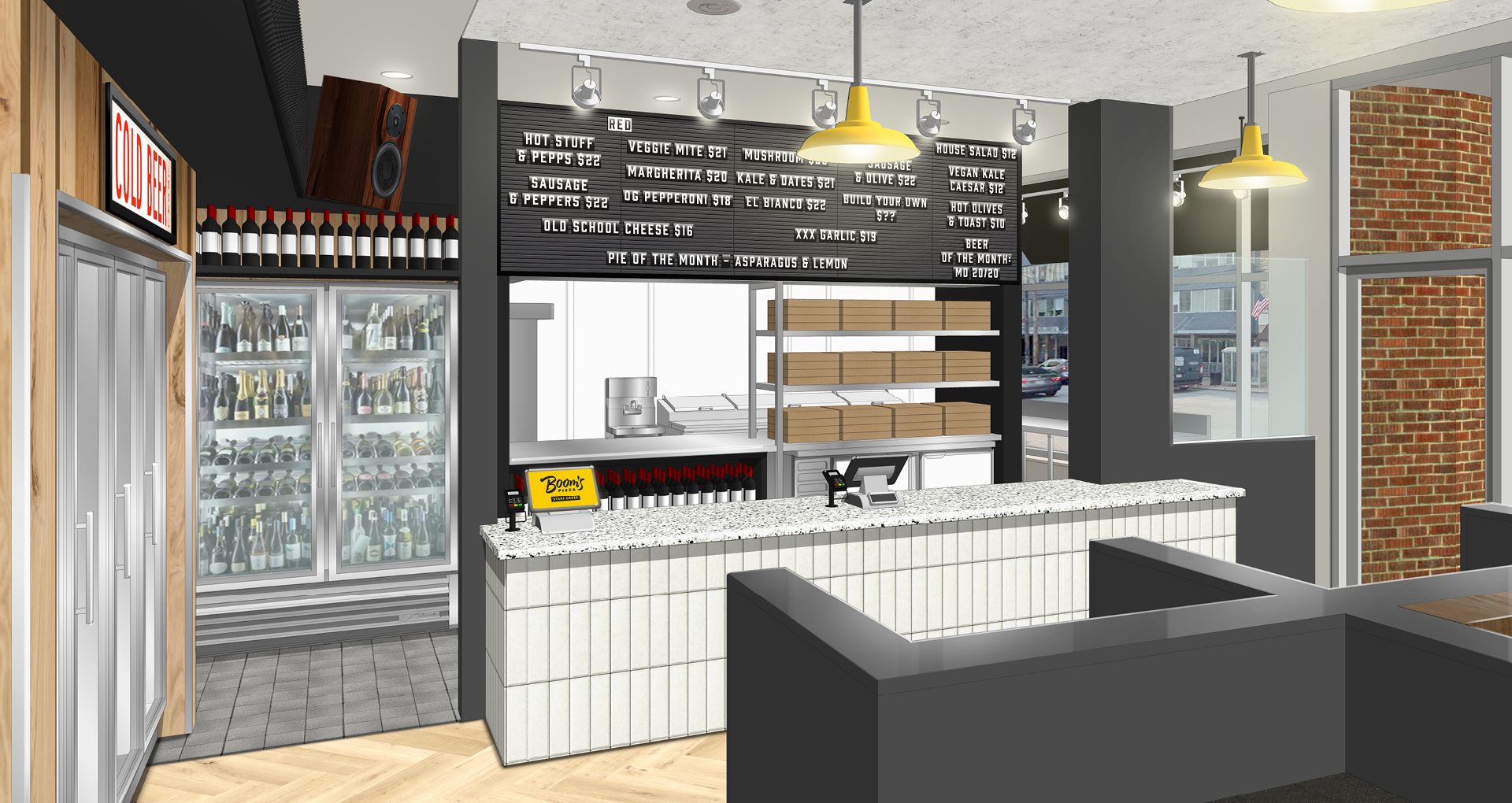
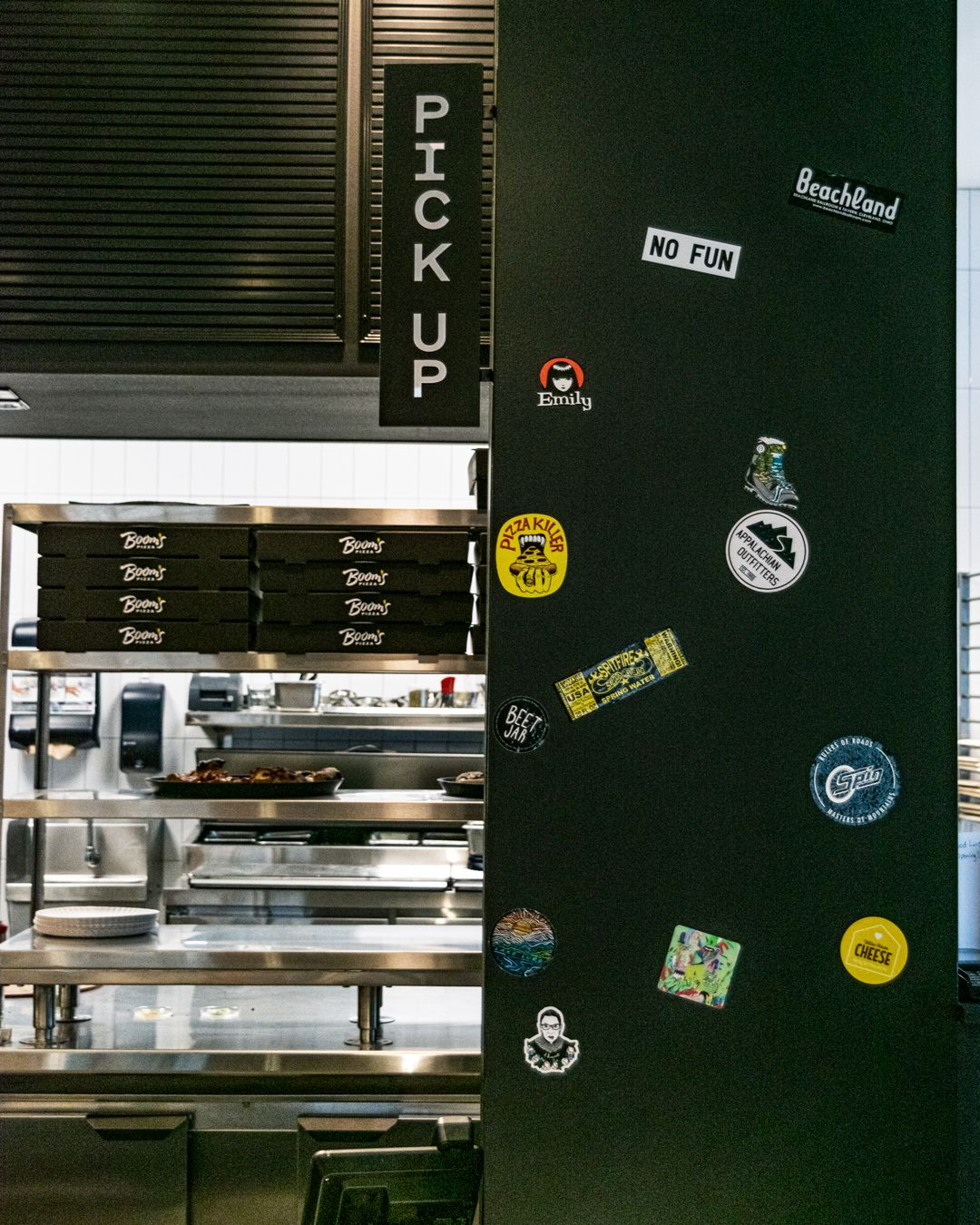
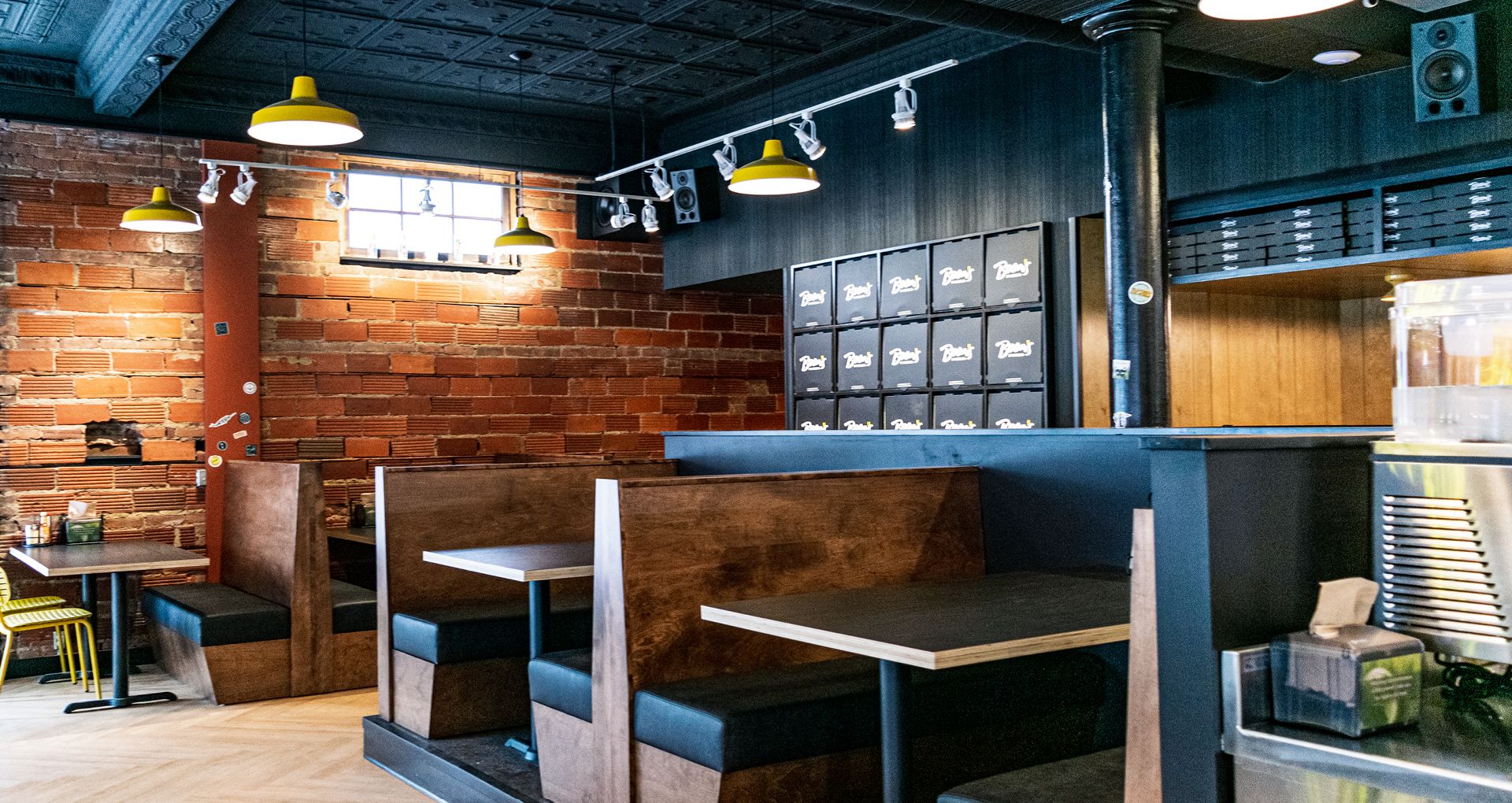
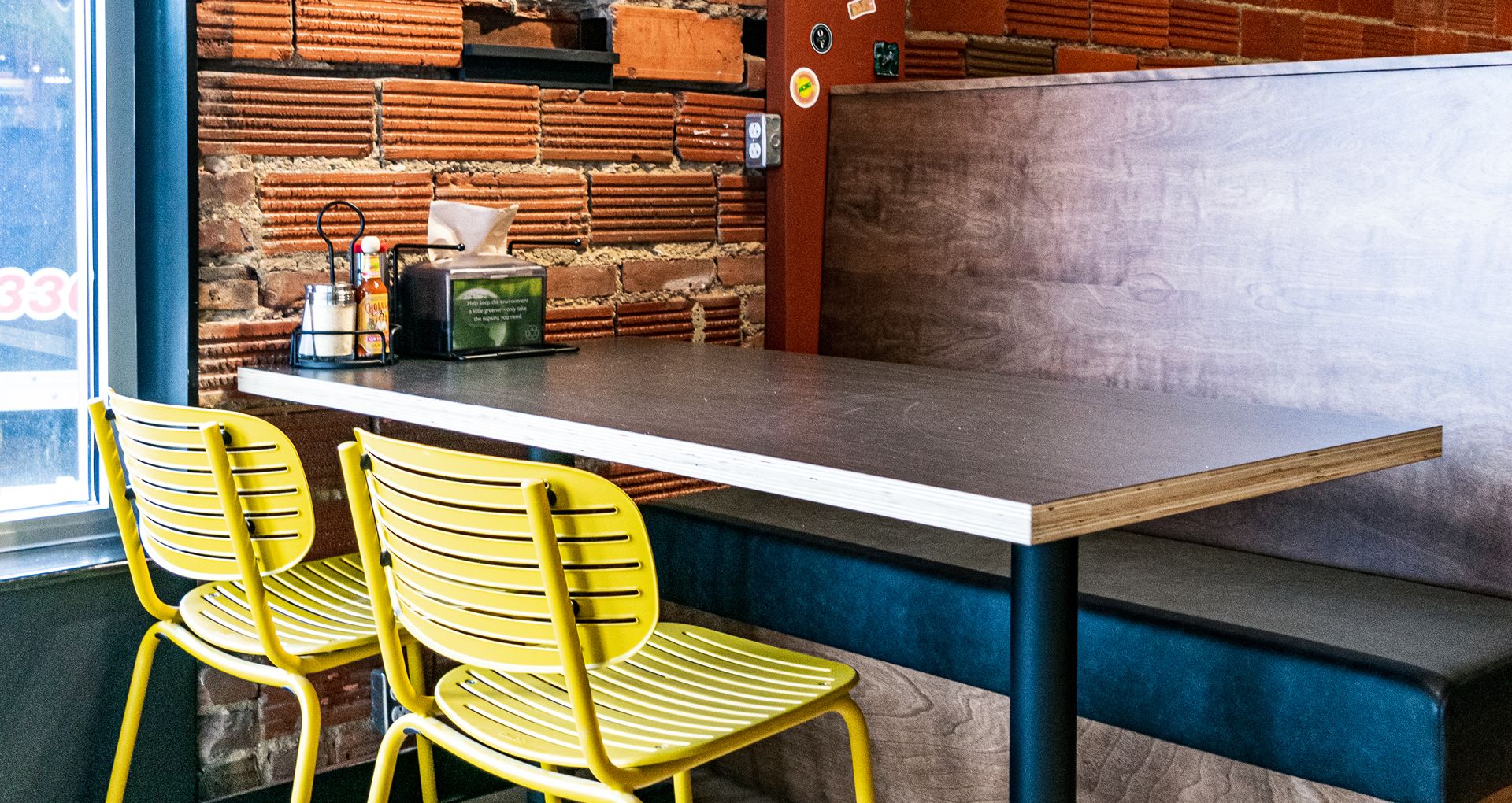
Richardson Design plucks poignant reminders of simpler times from your brand to create honesty and authenticity.
Contact us to incorporate nostalgia into design, shaping a familiar space surrounded by comfort.
Photography Credit:
Tobias Tullius, Yasin Aribuga, Mick Haupt, Giovanni Riberia, Lukas Schroeder, Bryn Beatson, Quinton Coetzee.
Any additional photography used in this project is property of its respective owners.
